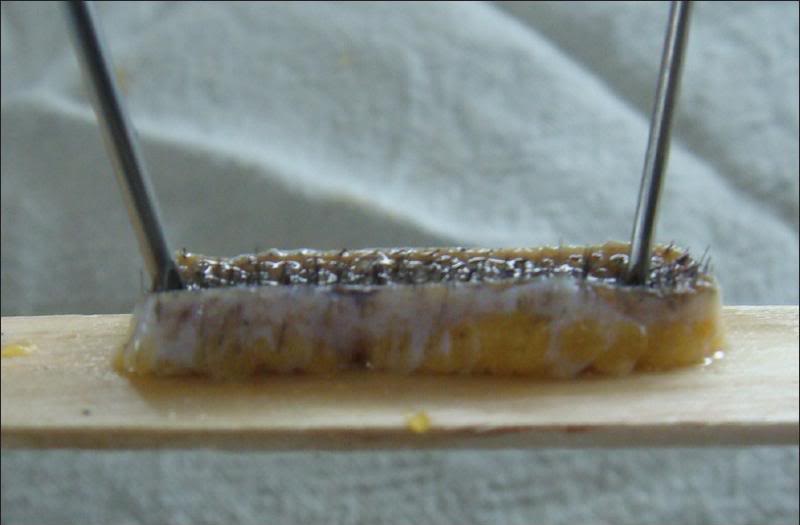I think there is a difference between
right before minoxidil rolling and the
once a week rolling without minoxidil.
One is for absorption, and the other one is for regeneration of the skin and hair follicules.
I perform a soft absorption roll right before minoxidil, once every 2 days, and a very hard roll, with no minoxidil that day, once a week. I just did my first very hard roll today, so no different results until now.
View attachment 23058View attachment 23059
The absorption rolling is definitely working, as the scalp dries instantly and I feel some itch because of the minoxidil that goes in the small wounds. I have very good regrowing results.
The hard rolling, I cannot tel yet.

